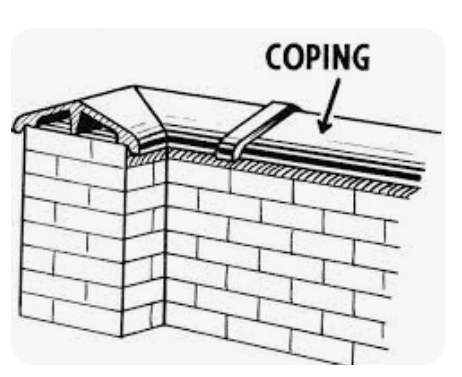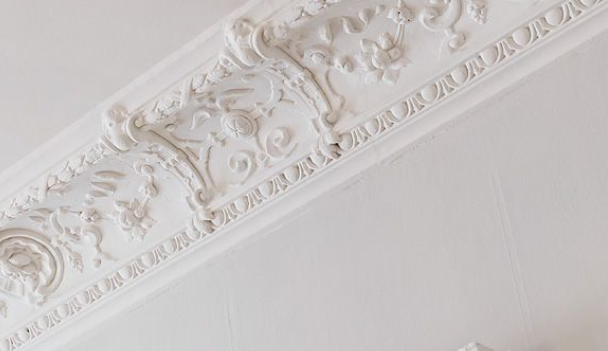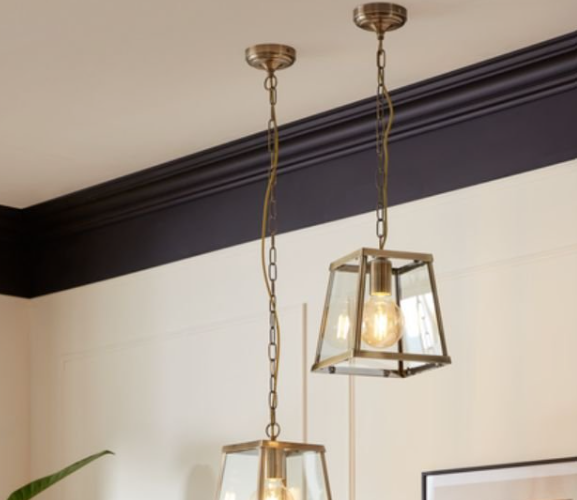I was recently watching one of the design shows on HGTV (like I know many of you do…LOL) and I was a bit shocked when a host was misusing a term. The two words sound similar, coping and coving, but are completely different so I thought I’d use this opportunity to teach you what that difference is.
COPING
By definition: In architecture, coping refers to the protective layer or cap placed on top of a wall to prevent water from seeping into the structure. It helps to redirect water away from the wall's surface, protecting it from damage caused by weathering and erosion. Coping can come in various materials like stone, concrete, metal, or even composite materials, and it often serves both functional and aesthetic purposes in building design.
COVING
By definition: Coving in architecture and interior design refers to a decorative molding or trim typically installed at the junction of walls and ceilings. It's often used to add a finishing touch to a room, creating a smooth transition between the vertical and horizontal surfaces. Coving comes in various styles and materials, such as plaster, wood, or polystyrene, and can range from simple curved profiles to more intricate designs, adding architectural interest and enhancing the overall aesthetic of a space.
When people think of coving, or crown molding as it is sometimes referred to, they often think of a more traditional, Victorian style.
More traditional style molding.
However, coving isn’t just a traditional style of application. There are many different styles of coving and they can add many different feels to a space.
This coving isn’t quite as ornate, as the traditional Victorian one seen earlier, but it still leans towards a more traditional style as it has many levels to it.
This style of coving lends itself to a more modern space. Because it is more flush to the ceiling, with more angular steps, it feels more modern.
You can also get a more contemporary look by painting out the crown in a darker colour. This lends itself to eclectic spaces as the molding itself is quite traditional in it’s profile, but the colour adds drama that is more modern.
This is another example of coving. These types of coved ceilings were often found in post WWII homes. They often have a grand curvature to them but this one is quite flat. In this reno, as in most homes from this period, I suggest painting out the coving the same colour as the ceiling. People often will wrap the wall colour up the coving and this just tends to bring the ceiling down and create the feel of a smaller space.
On the floor, a cove is typically either a radius in the corner of a wall or a 45-degree cant to prevent the easy buildup of dirt/debris in the corner of the wall. Cove bases can prevent water from going under walls as well. Keeping the risk of food contamination low in the food and pharmaceutical industry is why a cove base is often required by government regulation. Cove bases are often seen is schools as well.
Here is an example of a floor that is wrapped up the wall, or has coving, in order to be able to be kept cleaner with no right angles being present.
Well, hopefully you now know that difference between coving and coping. It just goes to show you, which I’m sure you all know, that the glory of show renovations, etc. isn’t always depicting the real deal. Even the terminology can get mixed up…Here’s to some great renos and knowing your coving from your coping. LOL
Follow me on my socials and feel free to share.
CALL NOW, FOR YOUR COMPLIMENTARY PHONE CONSULTATION








